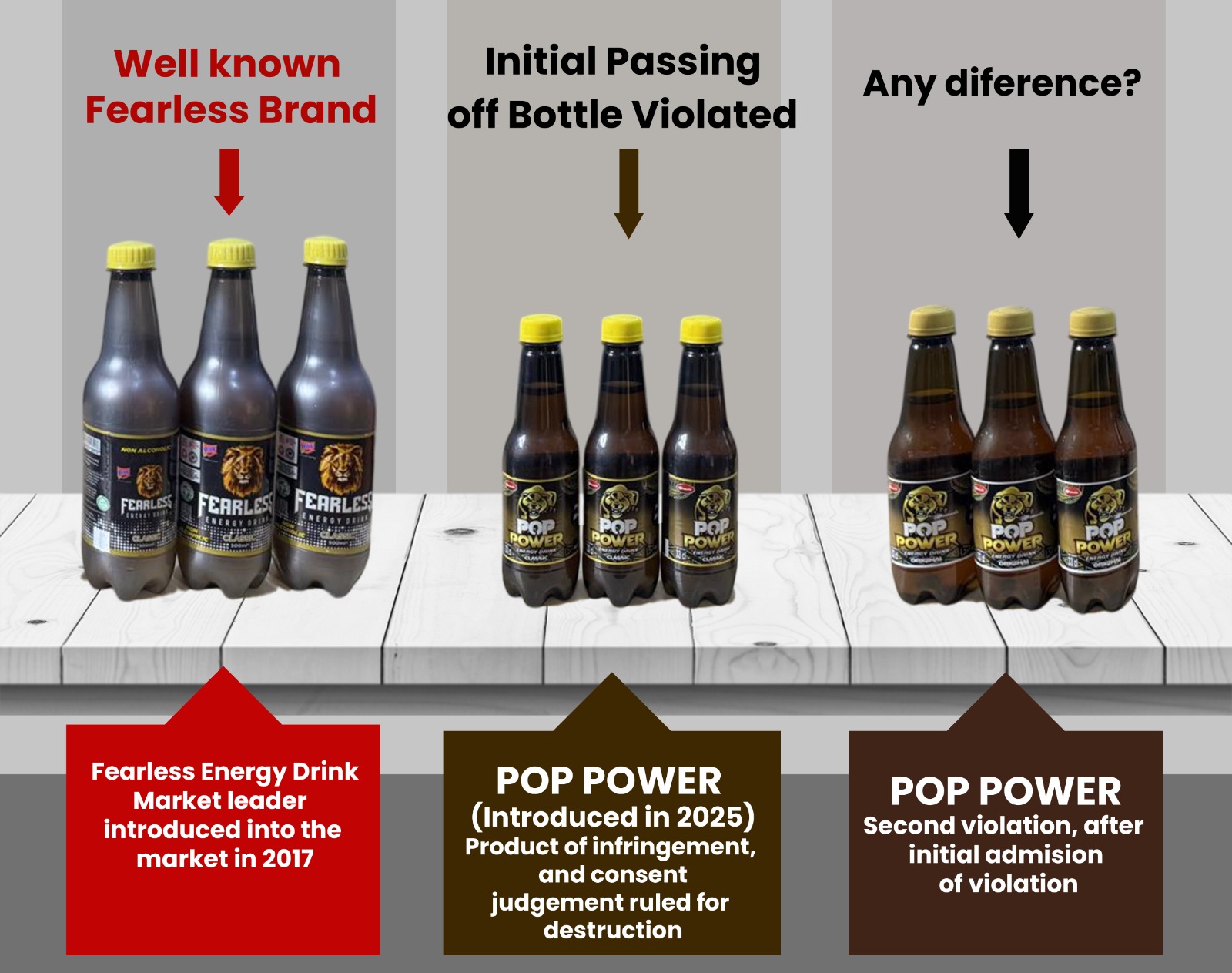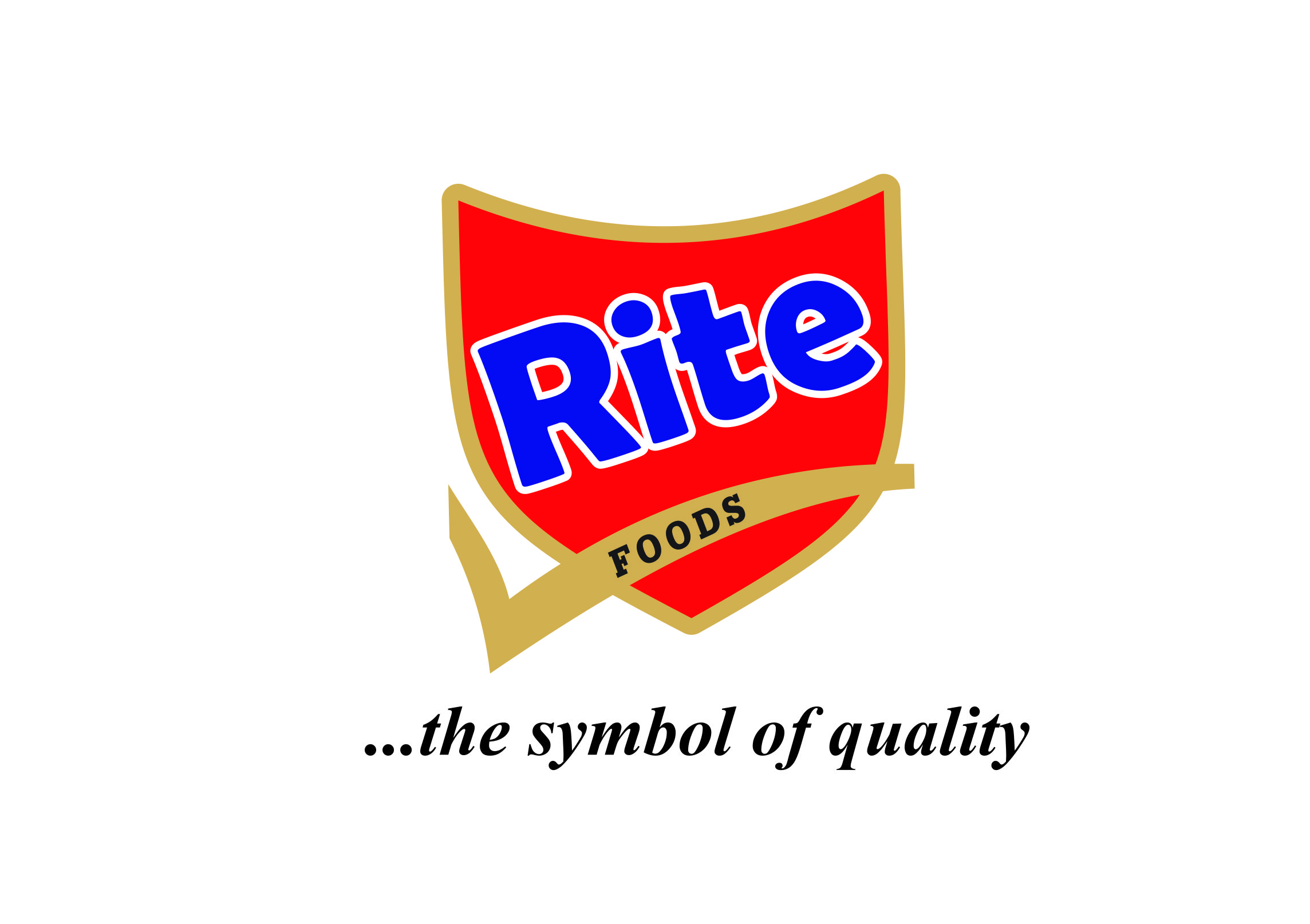It’s important for you to know how to measure your content value as well as any program you execute. The only challenge lies in proving your content’s value by connecting it to the right points of data.
According to Forbes, many marketing managers find their efforts non-existent or even lagging. Don’t let that happen to you.
It’s time to connect your content to revenue. Here are 3 Rules put together to Connect Content to Revenue
- Establish Your Company’s Revenue Goals
Calculate your marketing and sales volume at every stage, working backward from your established revenue goals. Although a typical stage features MQLs, opportunities and net new leads, they vary from one firm to another. Consider the duration of a typical sales cycle to find out how much advanced marketing is needed to provide opportunities to the sales team because the latter is all about nurturing and preparing leads for the latter team.
For instance, if a sales cycle averages 100 days, the marketing team should deliver sufficient opportunities 100 days before a deal can be won and closed.
Determine your company’s revenue goals so that your sales and marketing teams can know the revenue percentage each team should generate on a yearly or quarterly basis.
Calculate your company’s revenue to be driven by the marketing team based on the general business growth and revenue goals established earlier. Do this by multiplying your marketing ownership percentage by the company’s total revenue. This should equal the revenue to be generated by the marketing team.
The number of won and closed deals to be generated by the marketing team in the following sales cycle should also be calculated. This can help the marketing team meet its obligated number of revenue contributions. Divide the marketing revenue owned by the marketing team by an average deal size, which equals the number of won and closed deals generated through content marketing.
Determine the rate of conversion between every sale and marketing stage through a chosen conversion model (typical stages run from lead to MQL to SAL to OPP to REV). To do this, divide the prevailing stage leads by a previous stage’s rate of conversion. The prevailing stage is the same as lead numbers required at each stage.
Use these as a benchmark whenever you calculate the ROI of your content.
- Map Your Content and Marketing Programs to KPIs
With your revenue goals in place, it is time to map them to your content.
What’s your success metric? Confirm it at every buying stage of your audience.
For instance:
Create awareness or evaluation stages (comes first in a marketing campaign) with a success metric of marketing qualified leads.
Compare mid-marketing stages with a success metric of leads accepted by the sales team.
Consider purchase stages (among the last stages in a marketing campaign) with a success metric of won and closed deals.
With the core metrics to success created, you are able to comprehend how content fits into pipeline velocity. Map your marketing programs at every stage to help you create content relevant to the pipeline model in use. As a result, you know the type of content to use at each stage to meet your conversion and revenue goals.
You should then assign values to every program based on the chosen number of models (MQLs) and previous data on performance. Use pre-MQL nurture, virtual events and inbound and outbound campaigns at the stages of creating awareness and carrying out investigations.
- Make Use of Content Scoring Models
It is time to evaluate individual assets since your content and program have been mapped to your company’s revenue goals. Although engagement metrics like shares, clicks, likes and number of downloads can help you gain insight into formats and topics of content doing well in different channels, you need a scoring model to actually connect your content to revenue.
Analyze the movement of each buyer via a pipeline stage together with the consumed content within the same stage to determine your content score of campaigns, assets, or even themes, topics and formats of content. An equal distribution and first- / last-touch weight attribution models can also be used.
Conduct this task on all buyers at every stage on the basis of each buyer journeys, after which you sort them based on campaigns, personal assets and content category. This can help you obtain a general yet precise content performance at every stage of a buyer’s journey.
You can successfully link your content to revenue by using these three rules to determine conversion and revenue goals that your sales and marketing teams need to work on and deploying a scoring model.
It is important to calculate your content ROI even if doing it manually is tiresome, to position your marketing department as an essential organizational component that works to generate revenue.
With minimum efforts in content marketing, you attain maximum results in the long-term when it comes to a huge social following and ROI. Anything to add to this topic? Tell us now in the comments section below.



























Leave a Reply